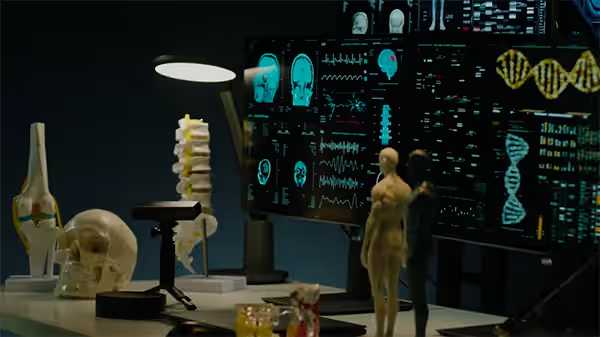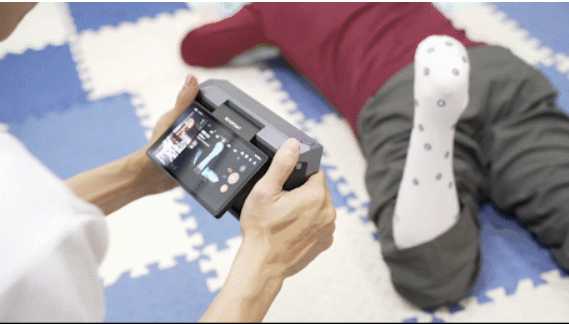1. Medical image diagnosis: Traditional medical imaging technologies such as CT and MRI can only provide two-dimensional images and cannot fully understand the shape and characteristics of lesions. Three-dimensional scanning technology can generate accurate three-dimensional models and provide doctors with more comprehensive information. Doctors can more accurately diagnose diseases and plan surgeries by analyzing and comparing three-dimensional models. For example, by conducting three-dimensional scans of a patient's bones, doctors can better understand the type and extent of fractures and develop more reasonable treatment plans. In addition, 3D scanning technology can also help doctors locate tumors and assist in surgery, improving the accuracy and safety of surgery.

2. Digital medicine: Digital medicine refers to the sharing of medical resources and the personalization of medical services by digitizing medical information. Three-dimensional scanning technology can convert patients' body data into digital models, making it easier for doctors to diagnose and treat patients remotely. Patients can upload 3D scan data to the cloud, and doctors can remotely monitor and diagnose patients anytime and anywhere. This method not only facilitates patients and reduces their waiting time, but also saves medical resources and costs. In addition, 3D scanning technology can also provide support for personalized customization of medical devices. Doctors can generate a digital model of the patient through three-dimensional scanning technology based on the patient's specific conditions, and then design and manufacture medical devices based on the digital model to improve the adaptability and effectiveness of medical devices.

3. Virtual reality and augmented reality: Virtual reality technology can convert three-dimensional scanned data into virtual scenes, allowing doctors and patients to interact and operate immersively. Doctors can conduct surgical simulation and training through virtual reality technology to improve the accuracy and safety of surgery. Patients can use virtual reality technology for rehabilitation training and psychological treatment to improve treatment effects and quality of life. Augmented reality technology can combine three-dimensional scan data with real-life scenes to provide doctors with more comprehensive information and guidance. Doctors can guide and monitor the surgical process in real time through augmented reality technology, reducing surgical risks and complexity.
The application of 3D scanning technology in the field of digital medicine has huge potential. It can provide doctors with more comprehensive, accurate and personalized information to help them diagnose diseases and plan surgeries. At the same time, it can also provide patients with more convenient, efficient and personalized medical services, improving patients' treatment effects and quality of life. With the continuous advancement of technology and the continuous expansion of applications, it is believed that 3D scanning technology will play an increasingly important role in the field of digital medical care.








